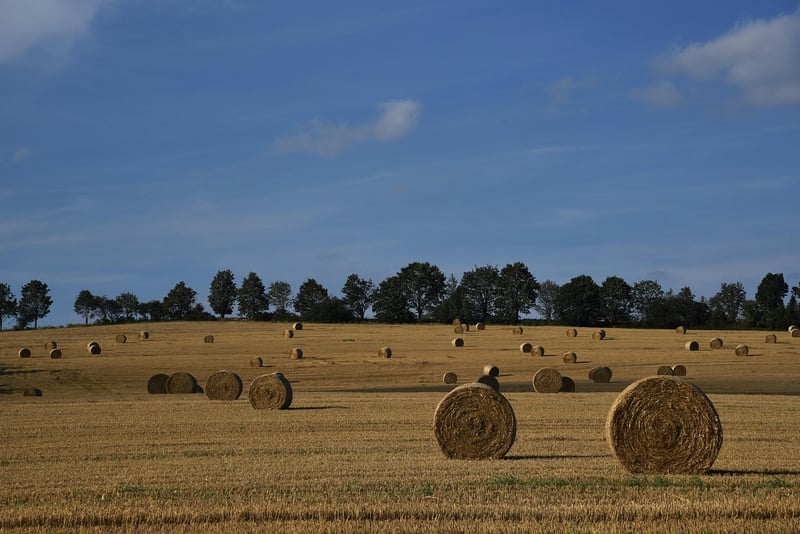Rooftop Farming
Optimizing Small Urban Spaces with Rooftop Farming

In crowded urban environments where space is limited, rooftop farming offers a sustainable solution to grow fresh produce, promote environmental benefits, and create green spaces. Rooftop farming involves cultivating plants, fruits, and vegetables on building rooftops to maximize underutilized space and contribute to a greener cityscape.
Benefits of Rooftop Farming in Small Urban Spaces:
- Utilization of underused space
- Improvement of air quality
- Reduction of urban heat island effect
- Promotion of local food production
- Creation of community engagement opportunities
Tips for Effective Rooftop Farming:
- Ensure structural integrity of the building
- Use lightweight soil and containers
- Implement efficient irrigation systems
- Choose appropriate plants for rooftop conditions
- Regular maintenance and monitoring
Examples of Successful Rooftop Farming Projects:
1. Brooklyn Grange (New York City, USA) - A leading rooftop farming business producing over 50,000 pounds of organically grown produce annually.
2. Lufa Farms (Montreal, Canada) - Operating rooftop greenhouses to grow fresh vegetables year-round.
3. Sky Greens (Singapore) - Utilizing vertical farming techniques on rooftop structures to increase productivity.
Get Started with Rooftop Farming:
If you are interested in starting a rooftop farming project in your urban space, consider consulting with experts in urban agriculture, researching local regulations, and designing a sustainable farming plan tailored to your rooftop's specifications.
Embrace the potential of rooftop farming to transform small urban spaces into vibrant, green oases that benefit both the environment and the community!
